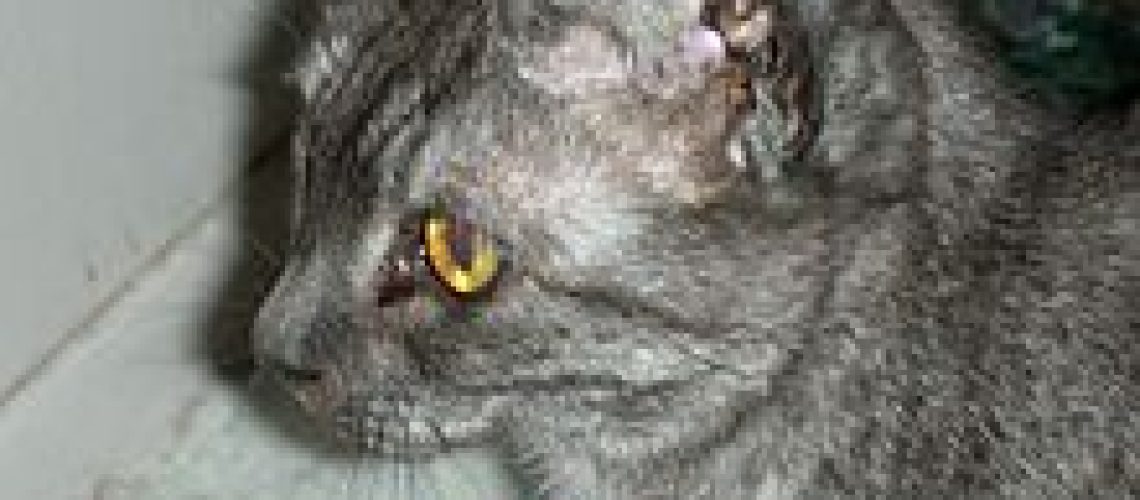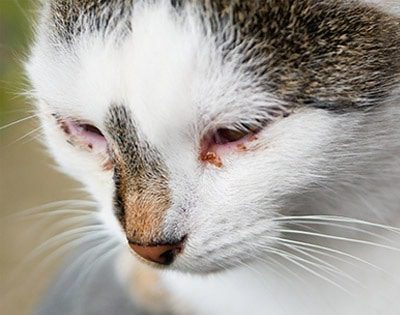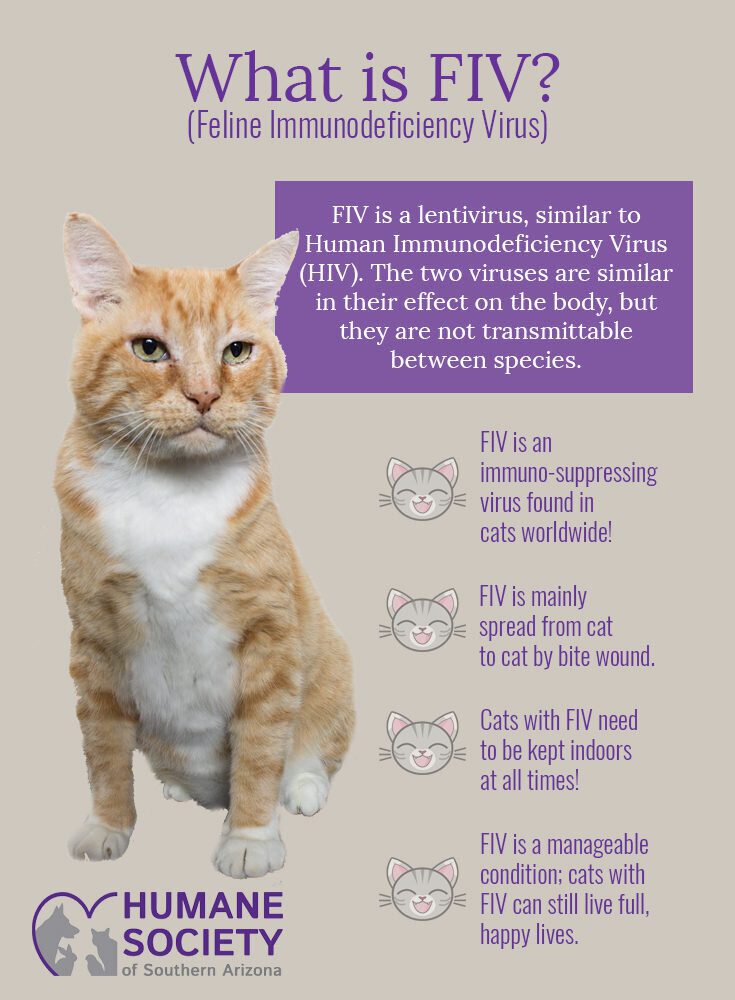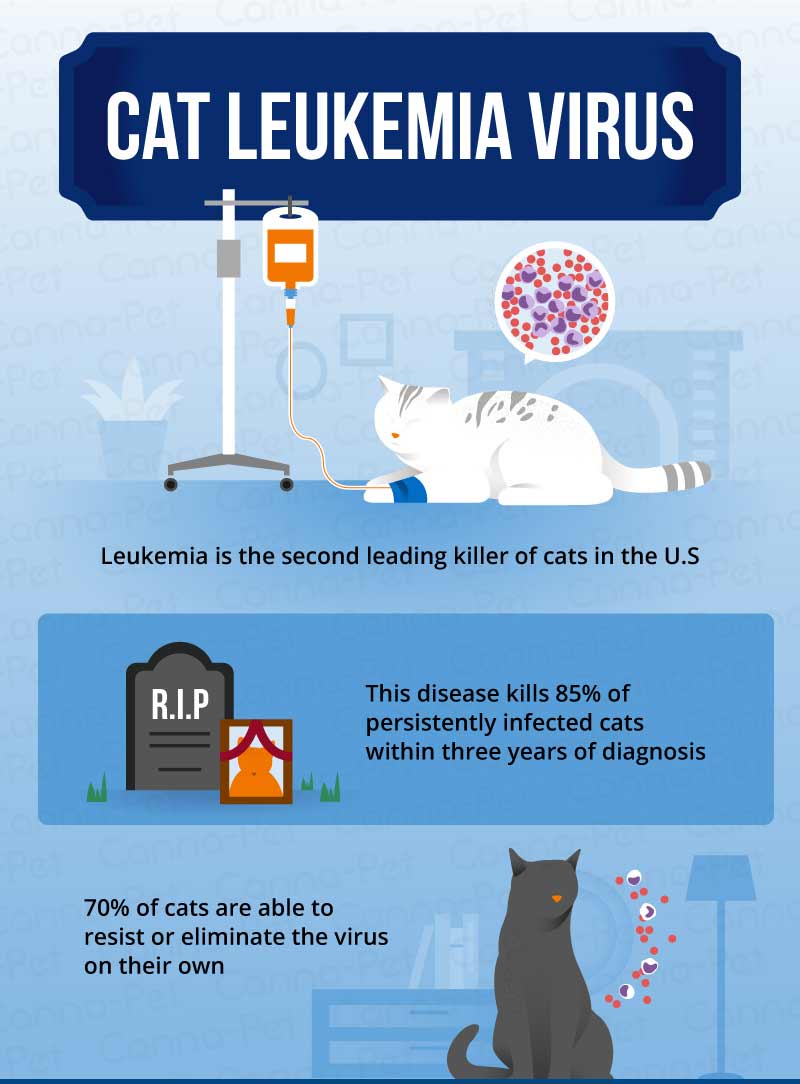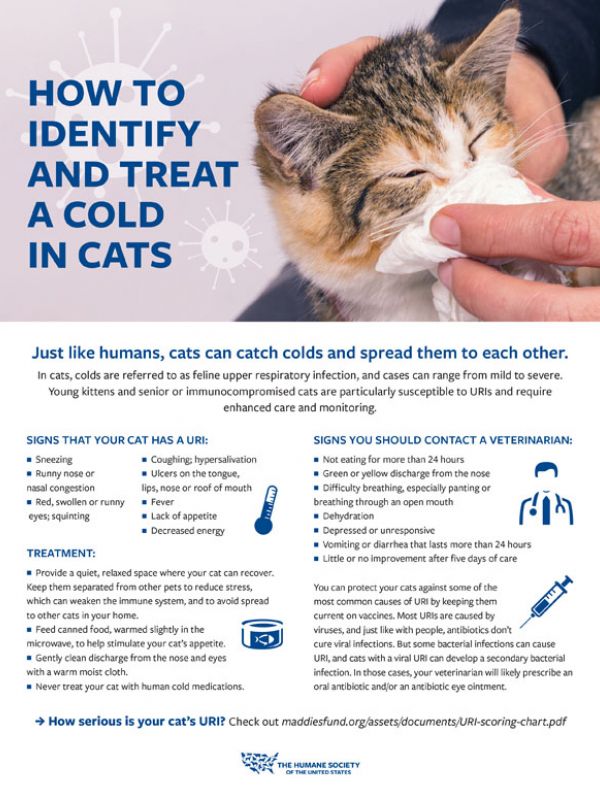Are you a cat lover? Do you want to ensure the health and well-being of your furry feline friend? Then buckle up, because today we're diving into the fascinating world of Feline Viral Rhinotracheitis! Understanding this topic is essential for any cat owner, as it can help you identify the signs and symptoms of this common feline respiratory infection. Did you know that up to 80% of cats who contract this virus will show clinical signs? By delving into this subject, you'll gain valuable knowledge that could potentially save your cat's life. So, let's explore what to watch for when it comes to Feline Viral Rhinotracheitis and empower ourselves to be proactive pet owners.
Key Takeaways:
- Feline viral rhinotracheitis is a highly contagious respiratory infection in cats caused by the feline herpesvirus.
- Symptoms of feline viral rhinotracheitis include sneezing, nasal discharge, coughing, fever, and loss of appetite.
- Vaccination is crucial in preventing feline viral rhinotracheitis, especially for kittens and cats living in multi-cat households or shelters.
- Infected cats should be isolated to prevent the spread of the virus to other cats.
- Treatment for feline viral rhinotracheitis focuses on managing symptoms, maintaining hydration, and preventing secondary bacterial infections.
What is Feline Viral Rhinotracheitis?
Feline Viral Rhinotracheitis, also known as FVR, is a highly contagious viral infection that affects cats. It is caused by the feline herpesvirus-1 (FHV-1) and primarily affects the respiratory system of cats.
FVR is one of the most common respiratory infections in cats and can be found worldwide. The virus spreads through direct contact with an infected cat's saliva, nasal discharge, or eye secretions. It can also be transmitted through contaminated objects such as food bowls or bedding.
Once a cat is infected with FVR, the virus can remain dormant in their body for life. However, certain factors such as stress or illness can trigger the reactivation of the virus, leading to recurrent symptoms.
How does Feline Viral Rhinotracheitis affect cats?
Feline Viral Rhinotracheitis primarily affects the upper respiratory system of cats. The virus targets the lining of the nose, throat, and windpipe, causing inflammation and irritation.
When a cat is infected with FVR, they may experience symptoms such as sneezing, coughing, nasal congestion, and discharge from the eyes and nose. These symptoms can range from mild to severe depending on the individual cat's immune response.
In some cases, FVR can also lead to more serious complications such as pneumonia or secondary bacterial infections. Young kittens and older cats with weakened immune systems are particularly vulnerable to these complications.
It's important to note that while FVR can cause discomfort and illness in cats, it does not pose a significant risk to human health. The virus is species-specific and cannot be transmitted from cats to humans.
Common symptoms of Feline Viral Rhinotracheitis
The symptoms of Feline Viral Rhinotracheitis can vary from cat to cat, but there are some common signs to watch out for:
- Sneezing: Cats with FVR may sneeze frequently, often accompanied by nasal discharge.
- Coughing: Some cats may develop a dry, hacking cough.
- Nasal congestion: Cats may have a stuffy or runny nose.
- Eye discharge: FVR can cause watery or thick discharge from the eyes, which may lead to crusting around the eyes.
- Loss of appetite: Infected cats may lose their appetite and show a decreased interest in food.
- Lethargy: Cats with FVR may appear tired and less active than usual.
If your cat displays any of these symptoms, it's important to consult a veterinarian for an accurate diagnosis and appropriate treatment.
Preventing Feline Viral Rhinotracheitis
While it is not always possible to prevent Feline Viral Rhinotracheitis entirely, there are several steps you can take to reduce the risk of infection:
1. Vaccination: Ensure that your cat is up-to-date on their vaccinations, including the vaccine for FVR. Vaccination plays a crucial role in preventing severe illness and reducing the spread of the virus.
2. Hygiene practices: Practice good hygiene by regularly cleaning your cat's food bowls, litter boxes, and bedding. This helps minimize the risk of contamination.
3. Isolation: If you have multiple cats, isolate any sick cats from healthy ones until they recover. This prevents the spread of the virus within your feline household.
4. Stress reduction: Minimize stress in your cat's environment as stress can weaken their immune system and make them more susceptible to infections. Provide a calm and secure space for your cat to relax.
Remember, prevention is always better than cure. By taking these preventive measures, you can help protect your cat from Feline Viral Rhinotracheitis and other infectious diseases.
Is Feline Viral Rhinotracheitis contagious to other cats or animals?
Feline Viral Rhinotracheitis is highly contagious among cats but does not affect humans or other animal species.
The virus spreads through direct contact with an infected cat's bodily fluids, such as saliva, nasal discharge, or eye secretions. It can also be transmitted indirectly through contaminated objects like food bowls or bedding.
Cats living in close quarters, such as multi-cat households or shelters, are at a higher risk of contracting the virus. Kittens and unvaccinated cats are particularly vulnerable.
It's important to isolate any infected cat from healthy ones to prevent the spread of the virus. Additionally, practicing good hygiene and regularly disinfecting surfaces can help reduce the risk of transmission.
If you have multiple cats and one becomes infected with FVR, it's crucial to monitor the health of all your cats closely. Prompt veterinary care and vaccination can help protect your feline companions from this contagious disease.
Diagnosing Feline Viral Rhinotracheitis in cats
The diagnosis of Feline Viral Rhinotracheitis involves a combination of clinical signs, medical history, and laboratory tests.
When you take your cat to the veterinarian with suspected FVR, they will perform a thorough physical examination and ask about any symptoms your cat has been experiencing. The vet may also inquire about your cat's vaccination history and overall health.
To confirm the diagnosis, laboratory tests may be conducted. These tests can include polymerase chain reaction (PCR) testing or viral isolation from swabs taken from the nose or throat. These tests help identify the presence of the feline herpesvirus-1 (FHV-1) in your cat's body.
It's important to consult a veterinarian for an accurate diagnosis as some symptoms of FVR can be similar to other respiratory infections or allergies. Proper diagnosis ensures appropriate treatment and care for your cat.
Treatments available for cats with Feline Viral Rhinotracheitis
While there is no cure for Feline Viral Rhinotracheitis, supportive care and treatment can help manage the symptoms and prevent complications.
Treatment options for cats with FVR may include:
1. Medications: Your veterinarian may prescribe antiviral medications or antibiotics to treat secondary bacterial infections. These medications help alleviate symptoms and prevent further complications.
2. Eye care: If your cat has eye discharge, your vet may recommend gentle cleaning with saline solution or prescribed eye drops to keep their eyes clean and reduce discomfort.
3. Fluid therapy: Cats with severe symptoms may require fluid therapy to ensure they remain hydrated and maintain their overall health.
4. Nutritional support: Encouraging your cat to eat by offering palatable food and ensuring they receive proper nutrition is essential during their recovery.
Additionally, providing a stress-free environment can aid in your cat's healing process. Minimize environmental stressors, provide a comfortable resting area, and offer plenty of love and attention.
It's important to follow your veterinarian's advice closely and complete the full course of treatment recommended. With proper care, most cats infected with FVR recover within a few weeks.
In conclusion, it is important to be aware of the signs and symptoms of feline viral rhinotracheitis in cats. By watching for sneezing, coughing, nasal discharge, and eye infections, we can help protect our furry friends and seek proper veterinary care when needed.
What is the prognosis for a cat with viral rhinotracheitis?
Feline viral rhinotracheitis (FVR) is a prevalent illness in cats that leads to symptoms like sneezing, discharge from the eyes, and respiratory problems. It is caused by a form of herpes virus. While there is no cure for FVR once a cat is infected, it can typically be effectively managed with appropriate treatment, allowing the cat to have a normal life despite the presence of the virus.
Is FVR in cats fatal?
Feline calicivirus is another significant factor in causing respiratory disease in cats. It is highly contagious and can lead to serious illness, including pneumonia and even death in young kittens.
How long does feline rhinotracheitis last?
The condition can either resolve within a few weeks or persist for a long time, potentially for life. If the lining of the nasal passages is damaged, there is a higher risk of developing a secondary bacterial infection, which can exacerbate symptoms.
What are the clinical signs of rhinotracheitis?
The illness is identified by symptoms in the upper respiratory tract, including a discharge from the nose, redness of the muzzle, and inflammation of the eyes. General signs of sickness may include fever, feeling down, lack of appetite, miscarriages, and decreased milk production.
Does FHV shorten a cat's life?
After a cat becomes infected with the herpes virus, it will carry the virus for the rest of its life. However, most cats can live a long and healthy life with minimal or no symptoms once the initial infection clears.
Can a cat with FVR live with other cats?
Cats with FVR have a resilient spirit. The best part is that Ozzy doesn't need to be separated from other cats. He can live and interact with them without posing a risk, as long as they have been vaccinated correctly.



